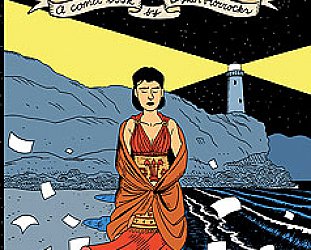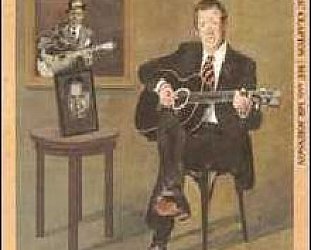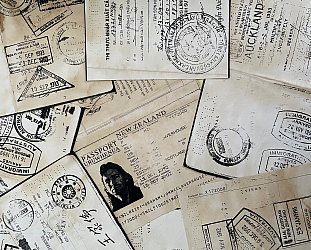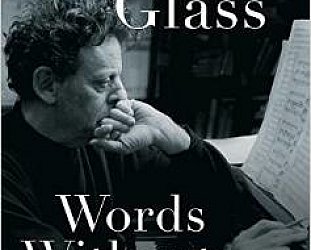Graham Reid | | 1 min read

This 90 minute doco may look dated now -- and it is rather superficial in some respects -- but it offers a useful comicshistory.001 overview of the US major players from just before the Second World War (given scant attention) and into the more interesting, diverse and controversial period of the Fifties and mid-Sixties.
Looked at from this distance the alarmist "public service" films about the dangers of juvenile delinquents and kids reading comic books is quite amusing, but we forget the real power of the conservative US establishment which held a kind of inquisition into the genre and imposed the notorious Code. Footage of hundreds of kids trashing comics brings to mind the same response to rock'n'roll and Lennon's "bigger than Jesus".
But through interviews witth many of the main players (Frank Miller, a young and thin Stan Lee, William Gaines of Mad, Robert Crumb, Art Spiegelman and others) the story unfolds and, far from doing harm in many cases, comics were actually of some social benefit: the superheroes supported the war effort and fought the Nazis; Mad magazine satirised everything and everyone (even Senator McCarthy, when few would dare) and they gave enjoyment and escape to millions of kids and adults.
The underground comics of the Sixties are also here too and eccentric and innovative characters like Harvey Pekar come off as important artists and social commentators.
But as a consequence of its age and the constraints of its running time, this is little more than an introduction and contextualisation od the main threads of comic art up to the period of graphic novels.







post a comment